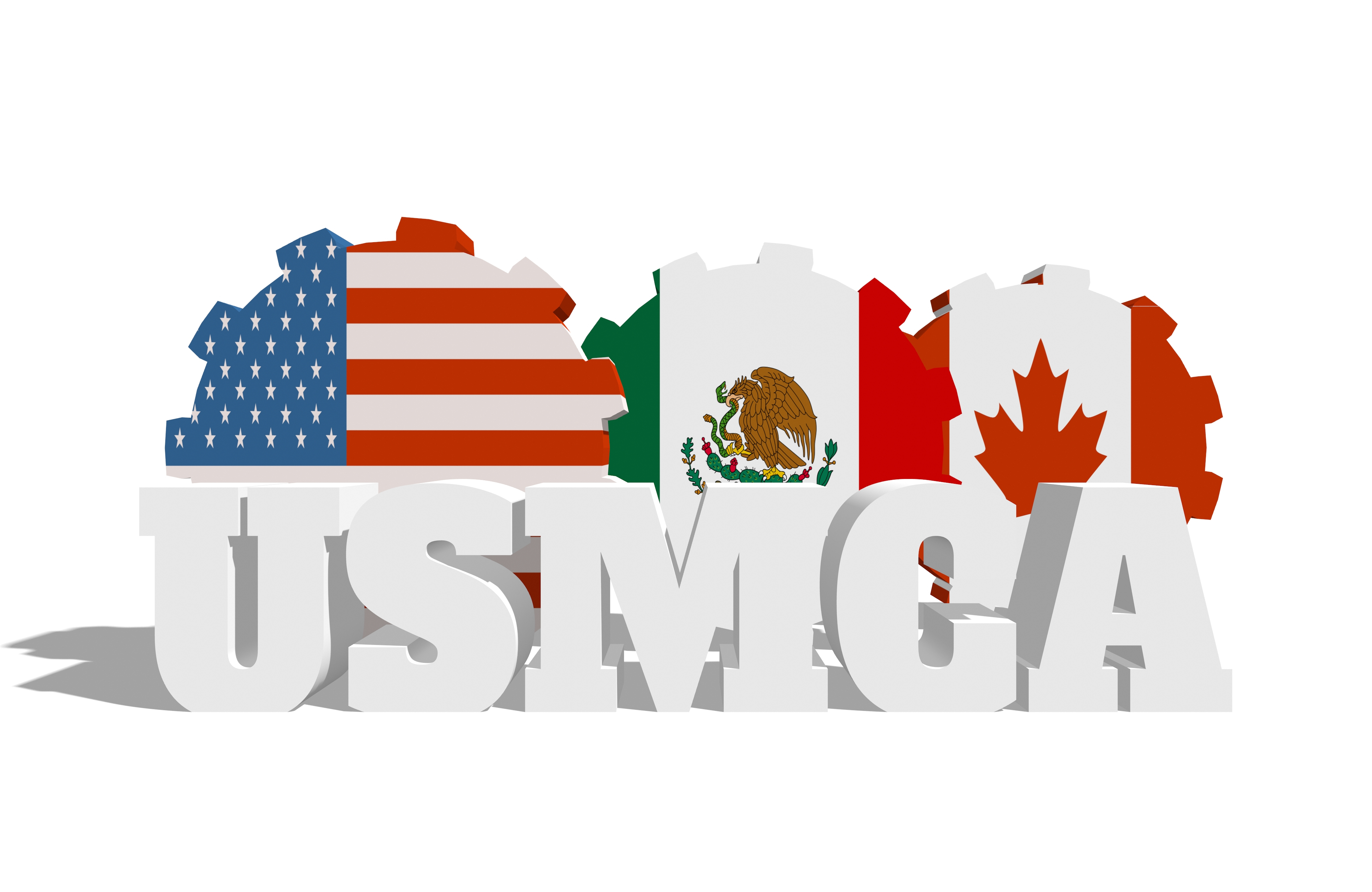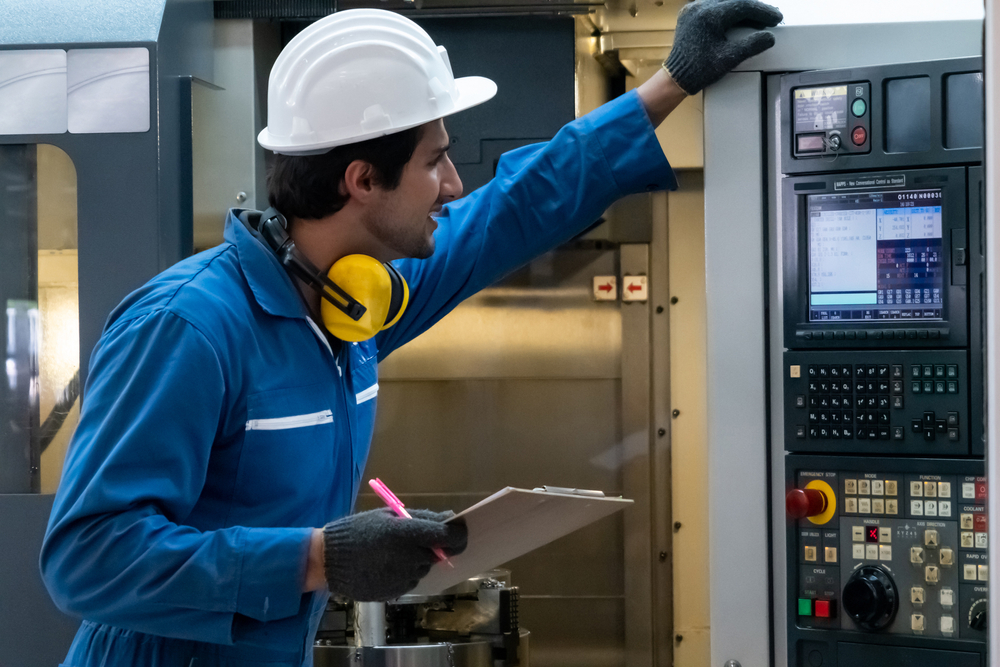Looking to save time and money as you import products into the United States? Then make sure you’re maximizing potential de minimis shipments under Section 321.
Section 321 of the U.S. Code of Federal Regulations sets an $800 minimum value on shipments allowed into the United States duty-free. By taking a closer look at shipping logistics, many companies may find they stand to save substantially through Section 321.
Optimizing logistics plays a pivotal role in the success of offshoring strategies, particularly when companies choose to manufacture in or distribute from Mexico. By strategically managing transportation, warehousing, and inventory, businesses can minimize costs, reduce lead times, and enhance overall efficiency.
Leveraging advanced technologies such as data analytics and automation further streamlines operations, allowing for real-time tracking of shipments and proactive identification of potential bottlenecks. Moreover, investing in robust supply chain networks and partnerships ensures seamless coordination from production facilities in Mexico to final delivery destinations in the United States.
Through continuous logistics optimization efforts, companies can navigate complex trade regulations, capitalize on cost-saving opportunities, and ultimately drive sustainable growth in today's global marketplace.
How de minimis has grown
Duties vary greatly depending on value of the products you’re importing into the United States. The duty value is calculated based on the value of the product, as well as the inland freight charges to the border and any other costs listed separately on the invoice and paid by the importer. These might include export packaging, inland freight cost, and insurance. On large value shipments, those costs can add up quickly.
However, the monumental increase of small-value shipments due to e-commerce transactions means that more small-value packages are crossing borders than ever before. Many of these smaller retailers — or individuals shipping one-off packages — have limited knowledge of export processes and requirements. Flagging those shipments for review led to huge backlogs for U.S. Customs and Border Protection’s (CBP), which was one motivation behind recent changes to Section 321 requirements.
The Trade Facilitation and Trade Enforcement Act of 2015 raised the de minimis value in 2016 from $200 to $800 to “streamline and facilitate the movement low value shipments.” This also aligned the allowed amount with what a U.S. passenger is permitted to bring into the country duty-free on a flight.
Today, companies shipping less than $800 worth of goods in a single day can breeze through customs without paying additional duty on their shipments. It’s one more reason companies manufacturing low-value goods around the world are warehousing more products in Mexico.
Rules and exemptions to know
U.S. imports made in accordance with de minimis rules can help companies reduce their shipping costs, but only when the rules are followed closely. To comply with Section 321:
- Companies can make just one shipment per day of cargo meeting the $800 value rule.
- The importer must provide evidence of the value. Currently this is done with an oral declaration, paper manifest or bill of lading.
- Consolidated shipments addressed to one final consignee shall be treated as one importation.
- Certain products are exempt from the duty- and tax-free policies. No alcoholic beverage, perfume containing alcohol (except where the total fair retail value doesn’t exceed $5), cigars, or cigarettes are exempted from duty and tax payments.
The next big change you need to know
When the de minimis value was raised in 2016 it created new realms of challenges for CBP. Because exporters were required to provide only limited information on de minimis shipments, it became increasingly difficult to gauge high-risk shipments.
As a result, CBP is working to deploy an electronic system for declaring shipment value. CBP has tentatively set September 2019, for the next-phase rollout of its ACE Secure Data Portal for Section 321 shipments. At that time all shipments, including those complying with Section 321, will be required to submit entry information electronically via ACE at least one hour in advance of arrival at the border.
The ACE eManifest must include:
- The unique shipment control number (SCN).
- The shipment’s country of origin.
- Information on the shipper, including name and address including country.
- A detailed description, including the value, of the cargo.
In theory, this rollout is intended to save time for everyone by speeding the process of examining shipments at the border. In reality, it’s likely to take some time for companies to get used to the new system, unless working with an experienced advisor.
Other strategies to save
Eliminating a portion of product duties is one way operations based in Mexico can save, but it’s only one piece of the puzzle. For many more organizations, low-cost logistics will provide incentive enough to manufacture in or distribute from Mexico.
Consider a recent report from Business Insider that notes that the 2014 cost of shipping a container from China to the U.S. was approximately $7,000, compared to $2,800 from Mexico. In addition, industrial leases in China were three times the cost of a similar lease in Mexico. Today, warehouse workers in Tijuana cost $2 to $4 an hour compared to California rates of $18 to $24. Storing a pallet costs $6 to $8 in Tijuana rather than $15 to $22 in California.
Optimizing your shipping logistics can be complex, given the wide variety of ways to save. By working with an export expert, Mexico-based suppliers can be sure they’re reaping the full range of savings benefits while complying with all applicable regulations.
Subscribe
Sign up and stay informed with tips, updates, and best practices for manufacturing in Mexico.





